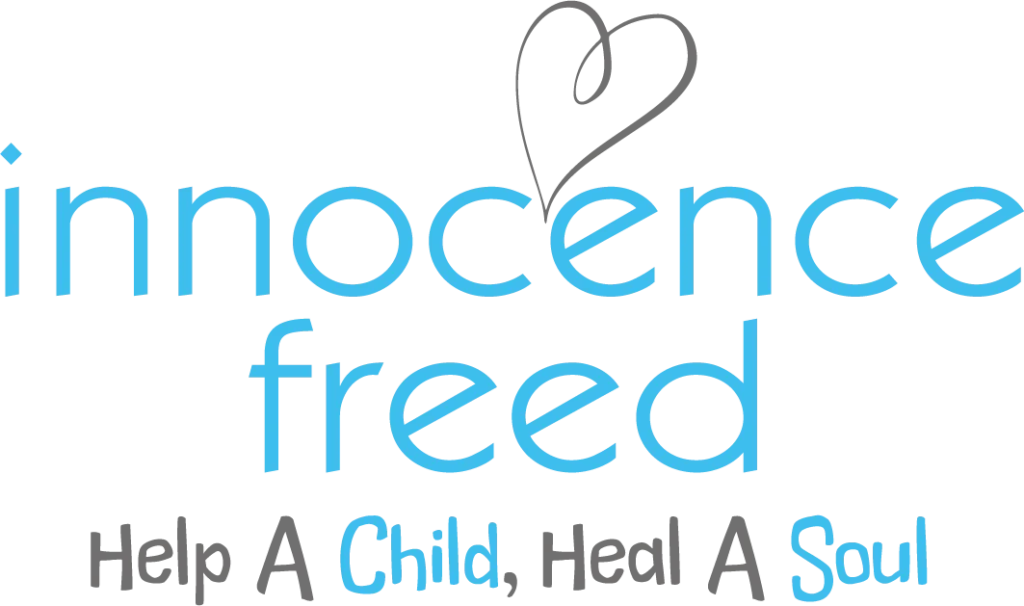
The Connection Between Human Trafficking and Stripping
Defining Force, Fraud, and Coercion
The elements of force, fraud, and coercion are central to identifying trafficking situations. Here’s how each term is defined in the context of human trafficking:
- Force: Involves physical abuse, restricted movement, and constant surveillance. Victims may be beaten, confined, and closely monitored to prevent escape.
- Fraud: Includes false promises about job nature, misrepresented working conditions, and confiscation of wages. Victims are often lured with promises of legitimate work, only to find themselves in exploitative situations.
- Coercion: Encompasses threats of harm to the victim or their loved ones, threats of deportation, and manipulation of debts. Victims may be threatened with violence or legal consequences, or saddled with debts they are forced to work off under dire conditions.
These tactics strip victims of their autonomy and exploit their vulnerabilities, effectively trapping them in trafficking situations.
Environments Prone to Trafficking: Hostess Bars and Strip Clubs
Hostess bars and strip clubs are common venues where both labor and sex trafficking occur. Here’s how these environments can facilitate trafficking:
- Hostess Bars and Cantinas: These establishments may be open to the public, offering food, drinks, music, and dancing. Labor trafficking occurs when victims are forced to dance, serve as hostesses, or sell food and drinks under coercive conditions. Sex trafficking occurs when victims are compelled to engage in commercial sex acts.
- Strip Clubs: Similar to hostess bars, strip clubs can be fronts for trafficking. Victims may be forced to dance or engage in commercial sex acts, often under threats and coercion from traffickers.
Profiles of Trafficking Victims
Victims of trafficking in these settings can be diverse, including U.S. citizens, undocumented immigrants, and foreign nationals on various visas. Although adult women are the most common victims, minors are also exploited. The demographics of victims and their specific vulnerabilities can vary widely:
- U.S. Citizens and Minors: Traffickers often exploit past abuse, developmental disorders, and socio-economic vulnerabilities.
- Undocumented Immigrants and Foreign Nationals: These individuals are particularly vulnerable due to threats of deportation, document confiscation, and a lack of familiarity with local laws and language.
Exploiting Vulnerabilities
Traffickers exploit specific vulnerabilities to maintain control over their victims:
- Immigration Status: Immigrant victims may face threats of deportation and have their identification documents confiscated, making it difficult for them to seek help.
- Organized Crime: Ethnic networks involved in organized crime often control victims through debt bondage and threats of violence against their families.
- Economic and Social Vulnerabilities: Victims’ economic hardships, lack of social support, and limited opportunities are leveraged by traffickers to keep them in exploitative situations.
Final Thoughts
The connection between human trafficking and stripping is complex and multifaceted. Understanding the role of force, fraud, and coercion in these environments helps illuminate how individuals can be trapped in trafficking situations. Hostess bars, cantinas, and strip clubs present unique vulnerabilities that traffickers exploit, turning legitimate-looking jobs into avenues for exploitation. Recognizing these signs and understanding the tactics used by traffickers are crucial steps in combating human trafficking in these settings.
If you would like to leave the life, contact us at, 213-900-6077 or email us at, info@innocencefreed.org.
24/7 Confidential
Text* 233733
https://www.becausejusticematters.org/bjm-blog/2020/8/20/stripclubsandsextrafficking

